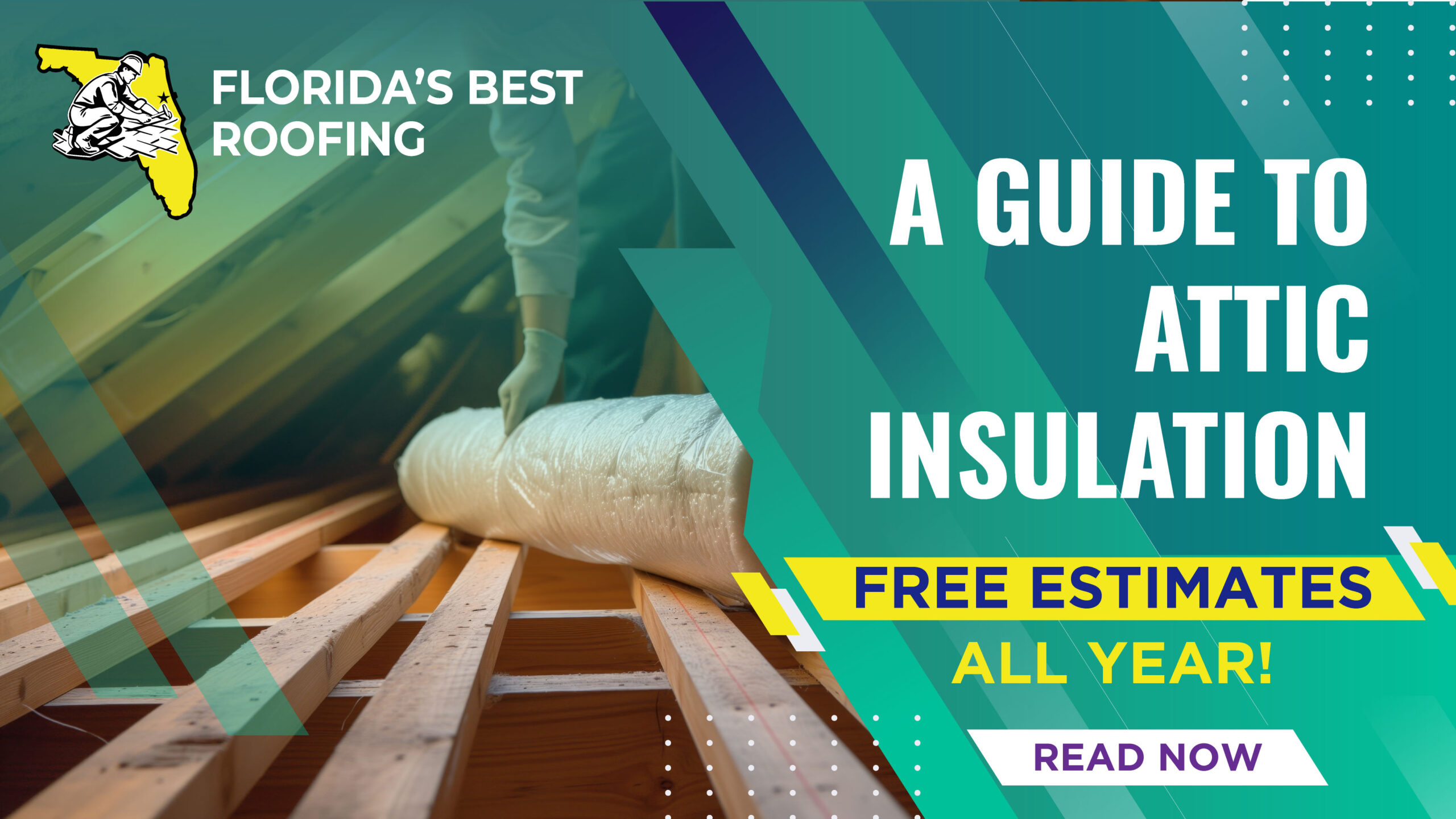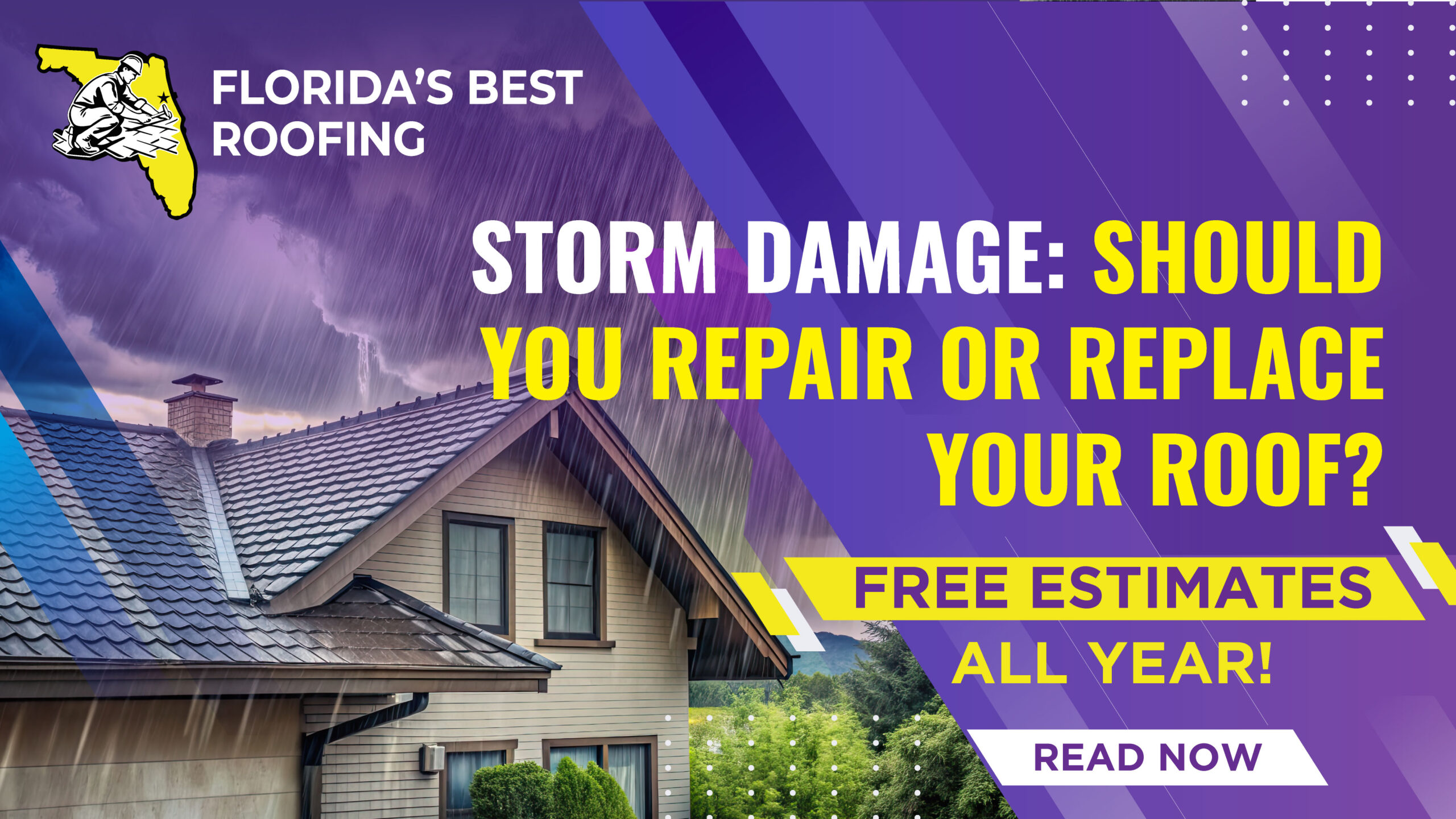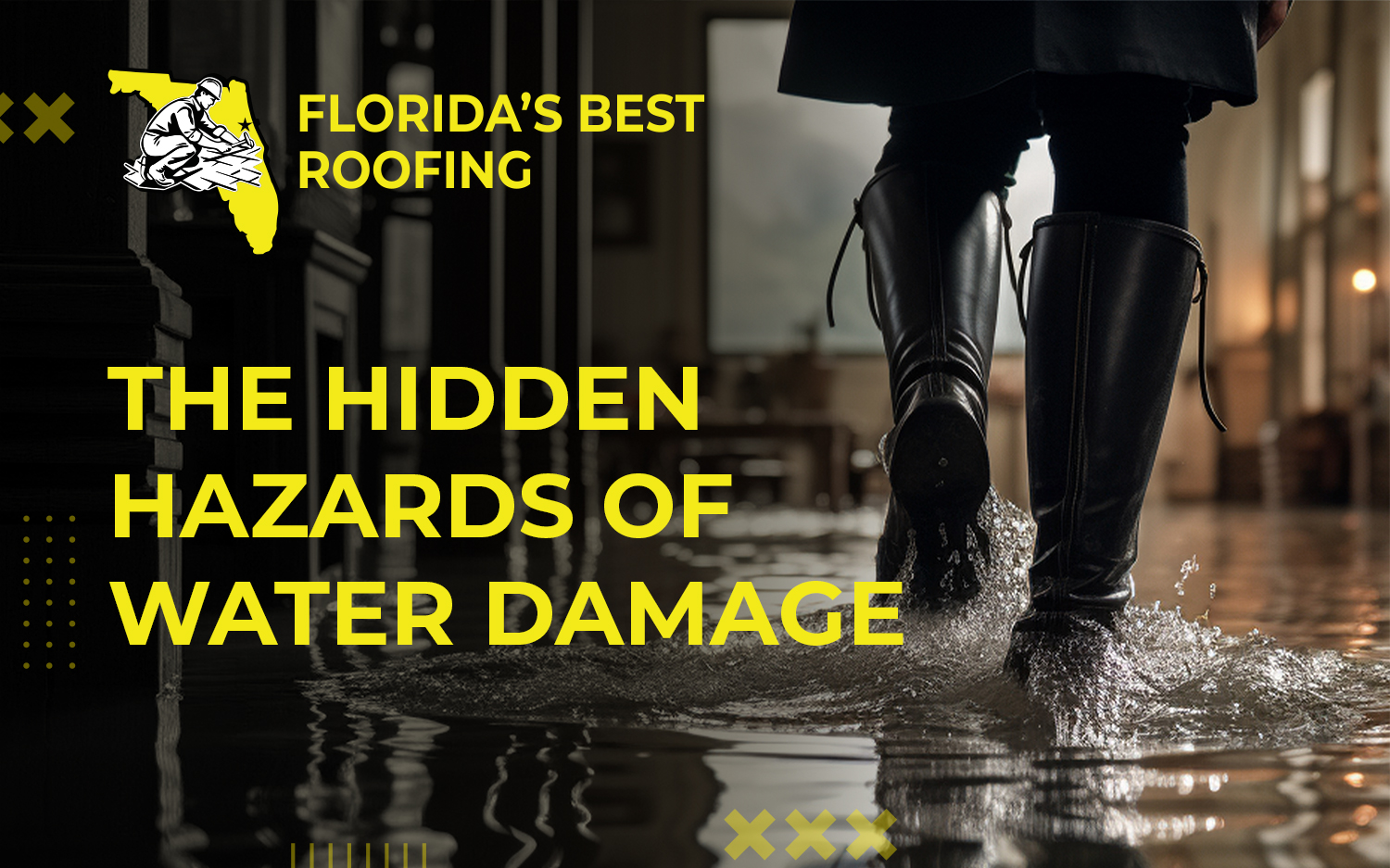A Guide to Attic Insulation
Brought to you by the team that keeps your house dry, cool, and not on fire — Florida’s Best Roofing
Let’s face it — your attic is like that mysterious room in the house no one talks about. It’s not glamorous. It’s not cozy. It’s hot, dusty, and full of spiders with trust issues. But here’s the thing — your attic is secretly working overtime to keep your house comfortable, and attic insulation is its unsung sidekick. Think of it as the superhero cape your attic wears to protect your home from Florida’s wild temperature mood swings.
So… What’s the Deal with Attic Insulation?
Insulation in your attic is kind of like sunscreen for your house. It keeps the blazing Florida heat from turning your living room into a sauna during summer, and in those rare cold snaps (you know, like three days in January), it helps keep that precious warmth in. Bottom line: attic insulation = lower energy bills and a house that doesn’t feel like the inside of a microwave.
But that’s not all! Depending on the type, insulation can also fight off moisture, discourage fires (a big win), and keep noise levels down — which means you can keep your attic ghosts quieter too.
The Insulation All-Stars: Meet the Lineup
1. Batt Insulation
No, not a medieval weapon. Batt insulation is the rolled-up, mat-like stuff you’ve probably seen on HGTV — or in that one terrifying home renovation TikTok. Usually made of fiberglass, it looks a little like cotton candy. But we repeat: do not eat it. It’s fire-retardant, moisture-resistant, and kind of the classic option.
There are also batts made of mineral wool (which can handle heat better than most Florida beachgoers) and denim — yes, actual old jeans. So technically, you could insulate your attic and start a vintage fashion trend at the same time.
2. Blow-In Insulation
This one gets applied with a special machine that essentially reverse-vacuums chunks of insulation into all the hard-to-reach corners of your attic. Think of it as the leaf blower your attic never knew it needed.
It can be made of fiberglass or cellulose (a.k.a. shredded newspaper). While cellulose is super affordable, it also has a tendency to soak up moisture like a gossip magazine soaks up drama. That can mean mold, mildew, and uninvited bug roommates if you’re not careful.
3. Spray Foam Insulation
Ah, spray foam. The Rolls-Royce of insulation. It’s fancy, it’s effective, and yes, it’s pricey — but it’s worth it. Spray foam expands to fill every inch of space, hardens into a solid barrier, and tells moisture and fire to get lost. Bonus: it can even make your structure stronger.
Only downside? If you ever need to reach wiring or pipes underneath, you’ll basically need a miniature construction crew and a prayer to get back in.
So What Should You Do?
Still wondering what’s lurking in your attic or how to make it more efficient? We’ve got your back. 🛠️ Whether it’s insulation advice or a full-blown roof rescue mission, Florida’s Best Roofing is here to help.
We’re licensed, insured, local, and friendly — and we’ll never judge the state of your attic (or your collection of 2004 Christmas decorations).
📞 Call us for a FREE estimate at (386) 263-7906
🌐 Visit us at www.floridasbestroofing.us
Let’s make your home comfier, cooler, and a whole lot smarter — one attic at a time. 🏡











